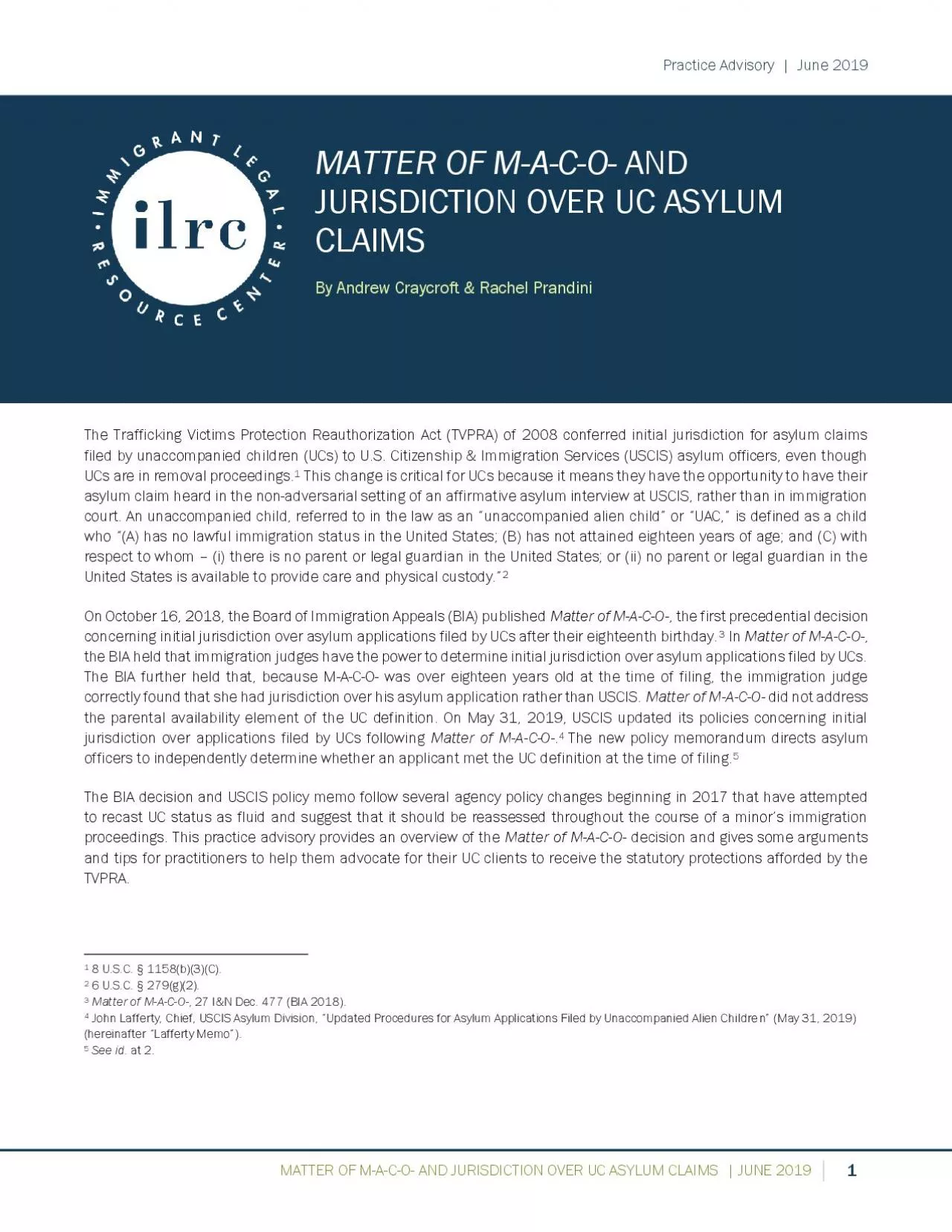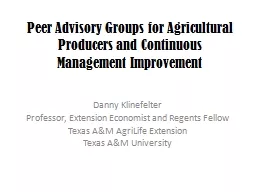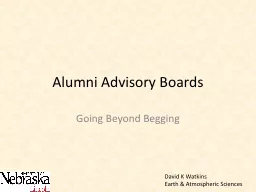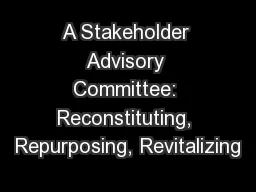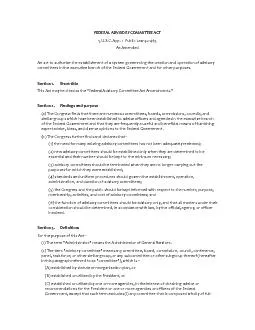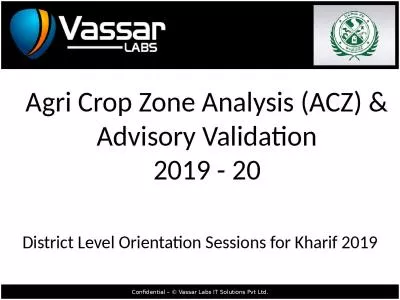PDF-Practice Advisory
Author : paisley | Published Date : 2021-06-09
June 2019 MATTER OF M A C O AND JUR ISDICTION OVER UC AS YLUM CLAIMS JUNE 2019 1 The Trafficking Victims Protection Reauthorization Act TVPRA of 2008 conferred
Presentation Embed Code
Download Presentation
Download Presentation The PPT/PDF document "Practice Advisory" is the property of its rightful owner. Permission is granted to download and print the materials on this website for personal, non-commercial use only, and to display it on your personal computer provided you do not modify the materials and that you retain all copyright notices contained in the materials. By downloading content from our website, you accept the terms of this agreement.
Practice Advisory: Transcript
Download Rules Of Document
"Practice Advisory"The content belongs to its owner. You may download and print it for personal use, without modification, and keep all copyright notices. By downloading, you agree to these terms.
Related Documents

